Last Updated on August 2, 2021

PLOT: In a future where water is the most sought after resource, a farmer and his two children try to make due, although the emergence of his daughter’s boyfriend will thoroughly hamper any plans he has.
REVIEW: A promising set-up, a bevy striking images and a good cast should be enough to put Jake Paltrow‘s YOUNG ONES over the top, but its flawed and familiar story – not to mention a very uneven approach to telling said story – is the film’s ultimate undoing. A semi-futuristic, semi-post-apocalyptic western with high pretensions, it’s a curious movie that will no doubt find a small audience, one willing to accept its quirks and mistakes in equal measure. But there are too many of the latter for me to consider it a worthwhile experience.
The time and place are unknown, although we gather this is the not-so-distant future in what is probably the United States. The setting is an unforgiving desert landscape, where poor farmer Ernest (Michael Shannon) struggles to get by as a bootlegger on his dusty homestead. Aided by his eager son Jerome (Kodi Smit-McPhee) and bored, boy-crazy daughter Mary (Elle Fanning), Ernest mostly sells liquor (when he’s not sneaking a sip) to a local crew building a water pipeline in the craggy mountains nearby. Ernest desperately wants the pipeline to make a detour to his land, of course, but try as he might he can’t seem to convince the crew’s ornery foreman (Robert Hobbs) to give in. Prospects are grim.

Ernest’s troubles grow exponentially when his daughter becomes smitten with a bad boy on a dirt bike; Flem (Nicholas Hoult) is definitely not the type you want your underage girl going around with, and though he rides around with a fairly cocksure attitude, it’s clear there’s something unhealthy simmering underneath the surface. Easily frustrated and battling bouts of inadequacy (his father used to be a big deal, now he’s a lowly auctioneer), Flem has his eyes on Ernest’s job and possibly much more.
Paltrow divides the film into three acts, each focusing on a different protagonist (Ernest, then Flem, then Jerome), although ultimately it is Jerome’s story, that age-old one about a young man coming of age in a trying time. The writer-director attempts to give the film a handful of different atmospheres, which all end up battling each other uneasily. While it is, for all intents and purposes, a western – angry men with shady pasts engaging in showdowns against barren backdrops – Paltrow has sprinkled some oddities among the film to indicate a more futuristic, MINORITY REPORT-esque film is going on in another part of the country. (We see the “big city” at one point, and suddenly YOUNG ONES looks like a completely different movie.) High-tech gadgets are employed at various intervals, the most crucial being “Shadow,” a four-legged robot whose primary function is to carry goods for its owner. Shadow isn’t sentient, but his clumsy gait and dog-like behavior are certainly meant to win our affection.

Shadow is indicative of YOUNG ONES’ trouble with tone. This machine’s every appearance seems at odds with the movie happening around it, where babies are sold to cretins and everyone says “Pray for rain,” as a farewell. It’s like inserting a Spielbergian robot into a Cormac McCarthy story; there’s just no getting around the fact that the two things don’t mesh. This creation might be easier to swallow if we better understood just what exactly was happening in this world our characters inhabit, but we’re not treated to any kind of exposition or set-up; the situation isn’t adequately explained or understood. This ends up being more frustrating than intriguing, but not even very important, as the main story eventually settles into a very predictable pattern. If not for the frequent hints at sci-fi, YOUNG ONES’ script could have been written 50 or 60 years ago.
Perhaps a more focused hand could have made it all come together in a more cohesive way, but Paltrow does not get a foothold. He alternates between melodramatic and inscrutable, and it often appears as though he doesn’t know if he wants YOUNG ONES to be taken at face value or if he’s aiming for something subversive. Moments of profundity are few and far between, although the movie most definitely calls attention to itself without hesitation, from the music that underlines almost every sequence, to the nonstop employment of dissolves, to the cutesy way the cast is introduced during the end credits, each actor standing still in front of a billowing curtain as if making the world’s most depressing curtain call.
The cast makes Patlrow’s missteps a bit more bearable; Michael Shannon, as always, is a dependable rugged screen presence; and Hoult gets to play a bit outside of his box with a character who is sneaky and eventually detestable. Fanning doesn’t have much to do other than pout, but Smit-McPhee, with his elongated face and expressive eyes, is a The film’s main attribute, however, is unquestionably Giles Nuttgens’ brilliant cinematography. Presumably inspired by the westerns of John Ford and Howard Hawks, Nuttgens delivers a series of remarkable images that will prove to be much more indelible than the movie they’re contained in.



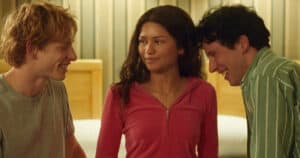

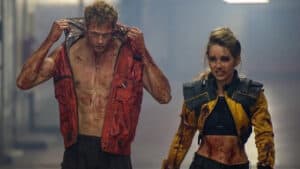
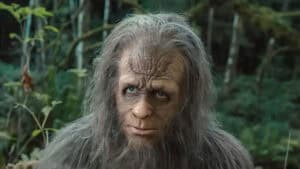

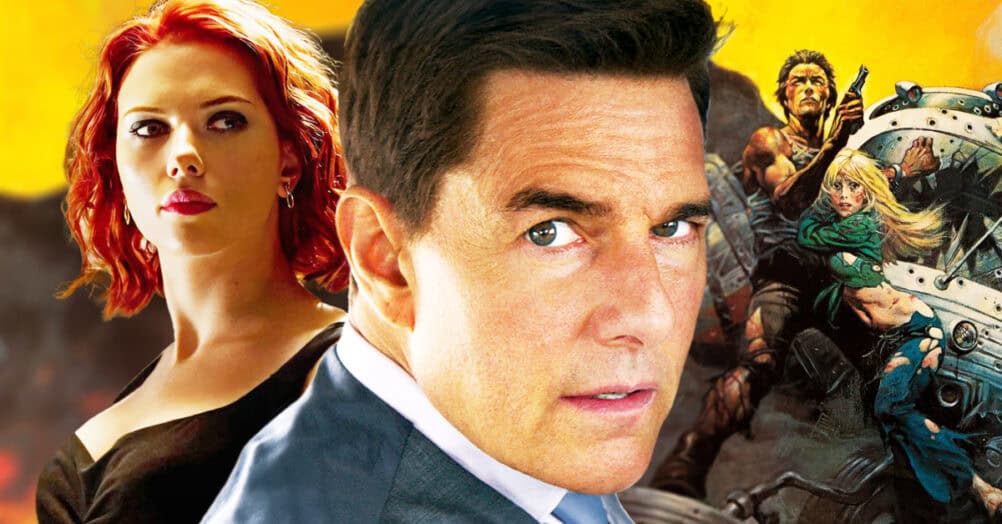
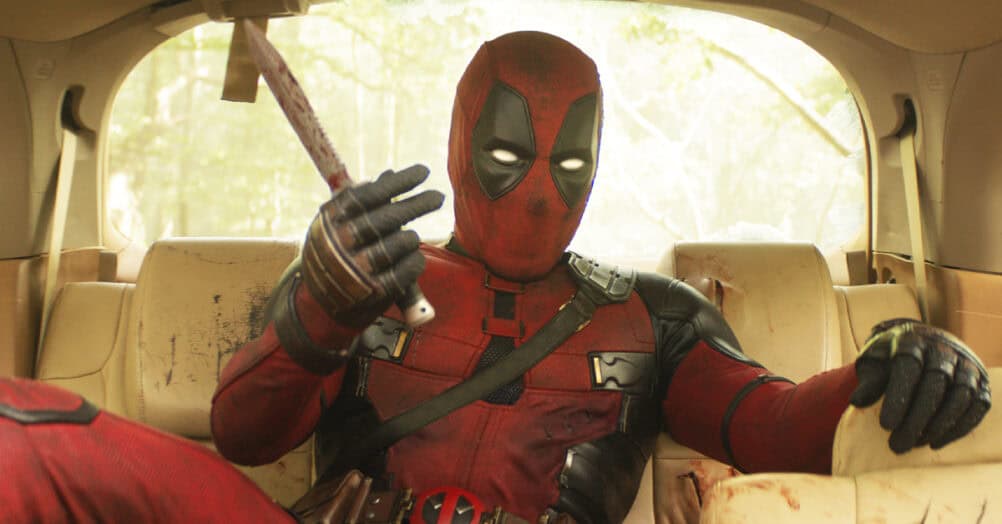

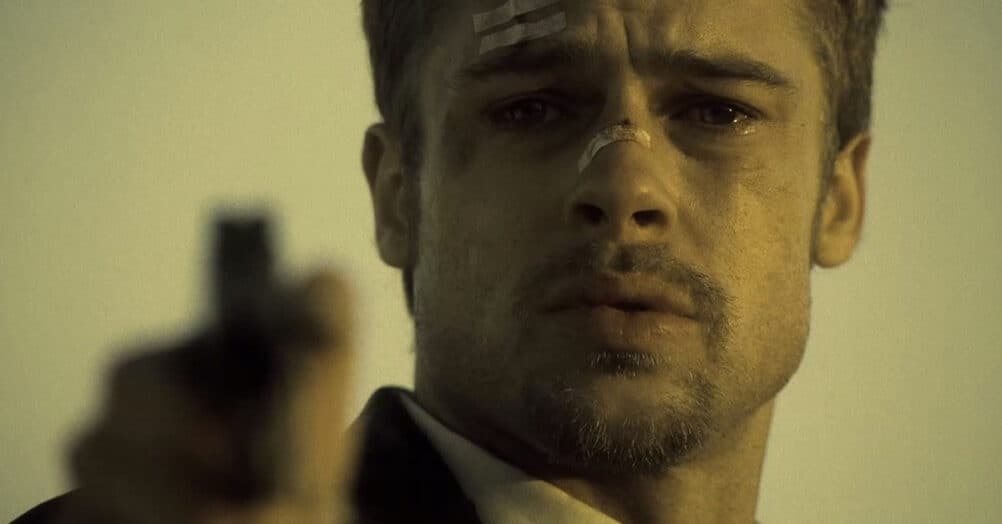
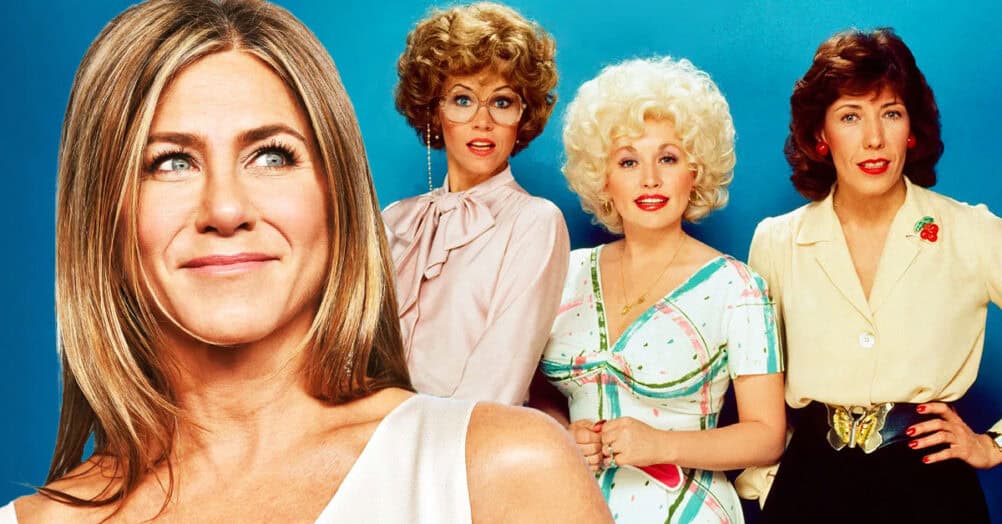
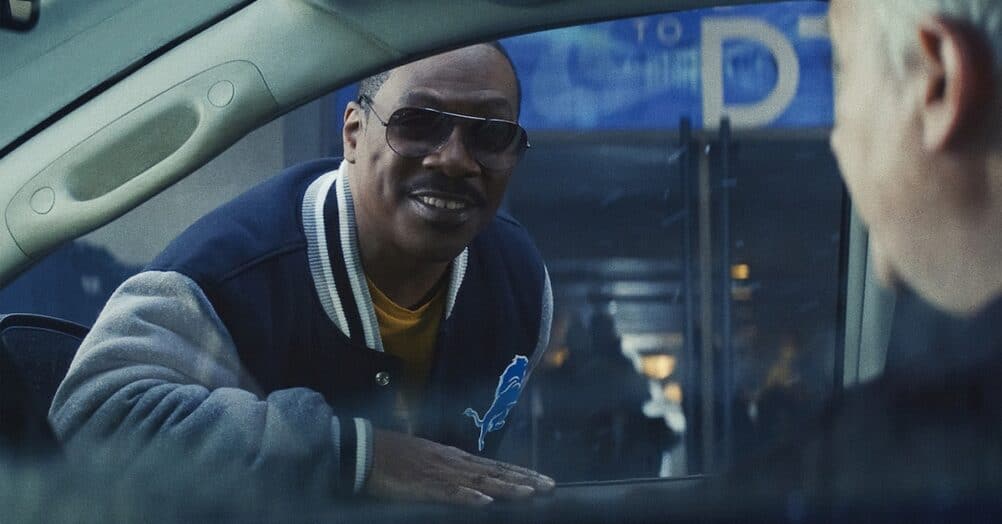

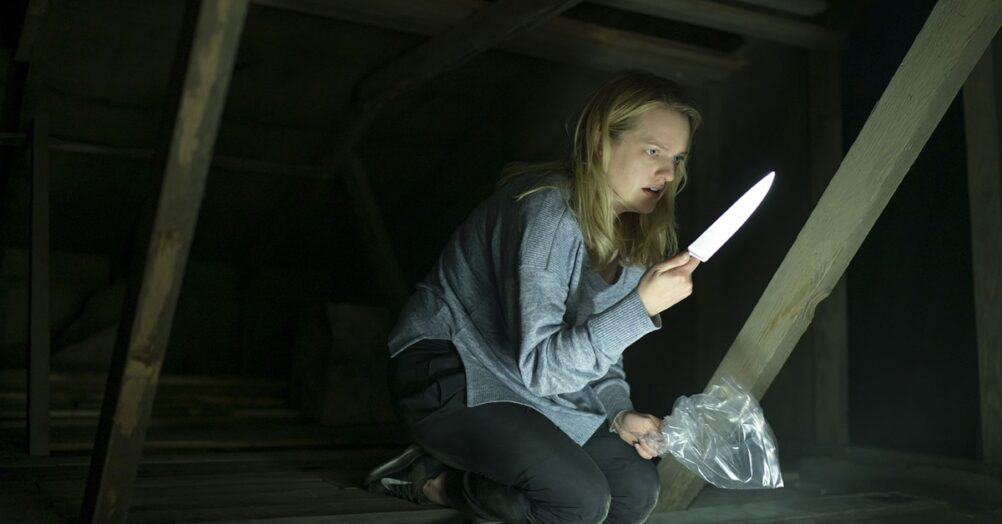
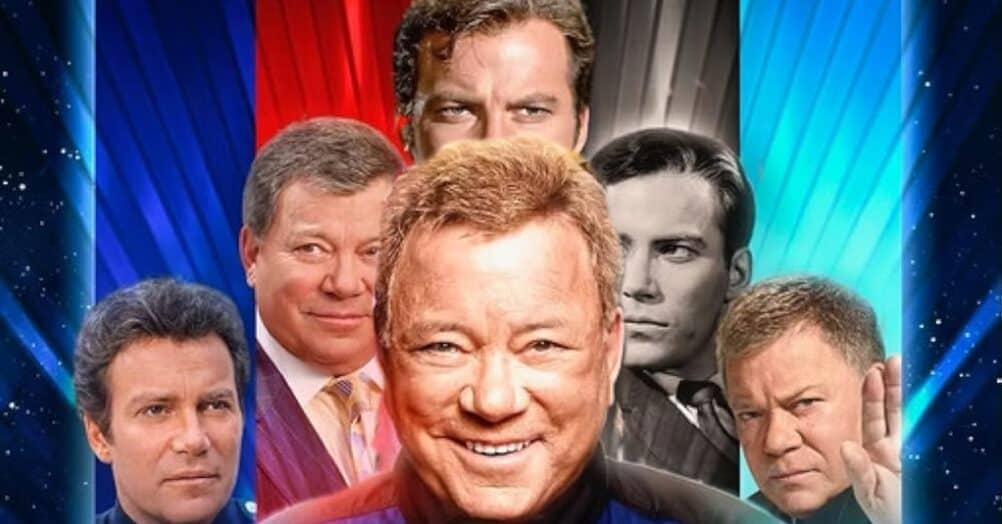

Follow the JOBLO MOVIE NETWORK
Follow us on YOUTUBE
Follow ARROW IN THE HEAD
Follow AITH on YOUTUBE